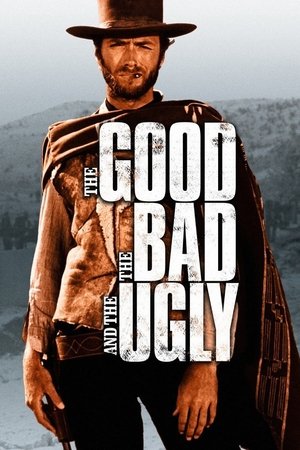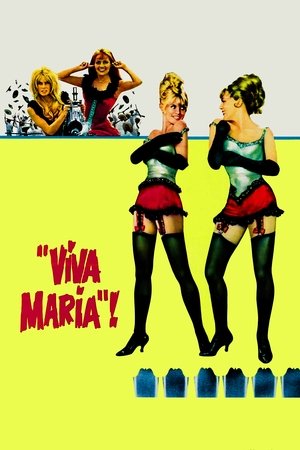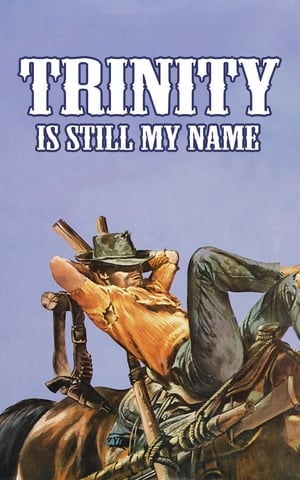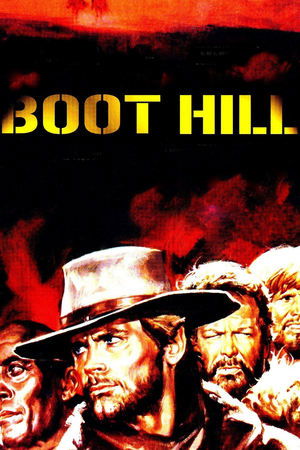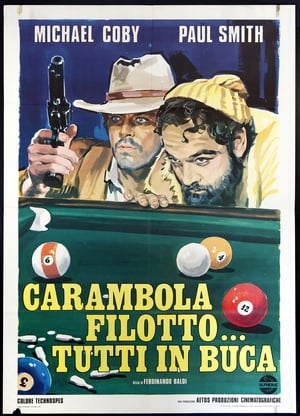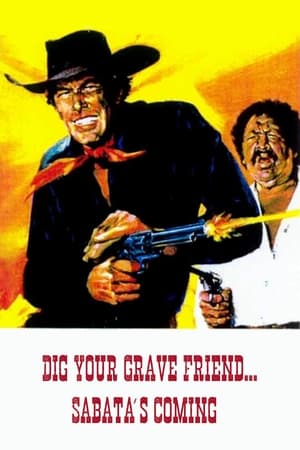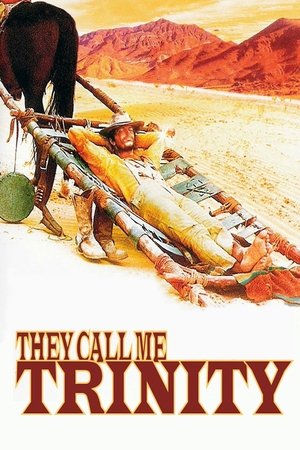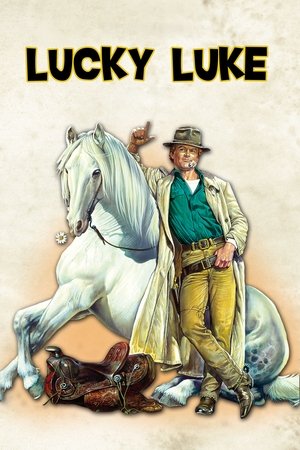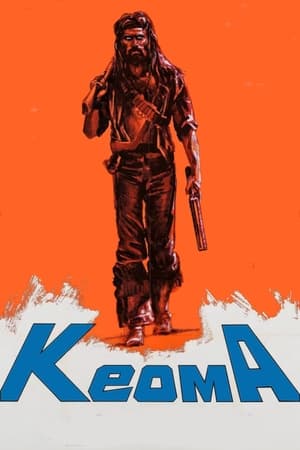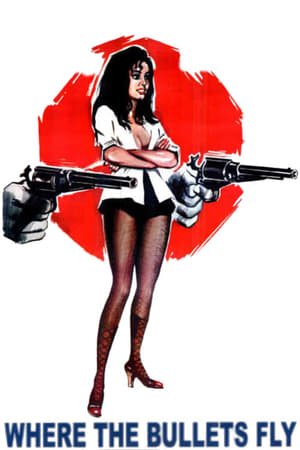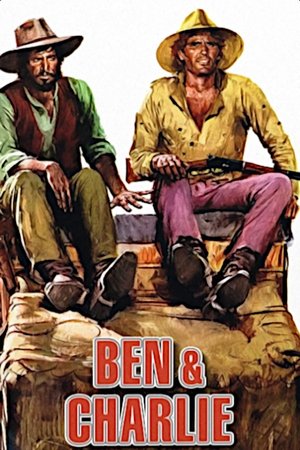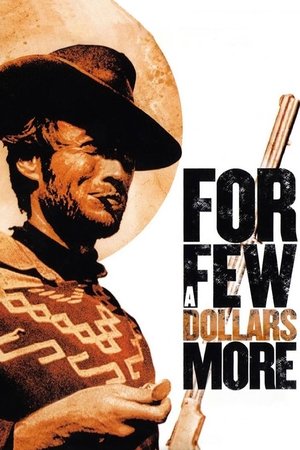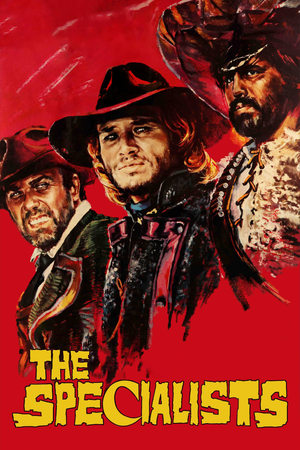Overview
Several pillars of society have robbed an Army safe containing $100,000 so they can buy the land upon which the coming railroad will be built. But they haven't reckoned on the presence of the master gunslinger, Sabata.
Reviews
Spaghetti Western with Lee Van Cleef in the mold of Sergio Leone’s Man with No Name trilogy.
RELEASED IN 1969 and directed by Gianfranco Parolini, “Sabata” chronicles events in a west Texas town when a black-clad gunfighter named Sabata (Lee Van Cleef) teams-up with an alcoholic ex-soldier named Carrincha (Ignazio Spalla) and an acrobatic Indian (Bruno Ukmar) to thwart the town leaders (Antonio Gradoli & Gianni Rizzo) who want to steal $100,000 from their own bank to purchase land that the encroaching railroad will cross. William Berger plays a minstrel of dubious loyalties while Franco Ressel is on hand as the effeminate heavy. Linda Veras appears as the stock saloon babe.
This was the first of the official Sabata trilogy released in 1969-1971. There were four other Sabata films released in 1970-1972, but they were considered unofficial imitations. The only other Sabata flick I’ve seen is the third imitation one, "Dig Your Grave, Friend... Sabata's Coming,” with Raf Baldassarre in the eponymous role. While that one lacked Van Cleef, the story is more compelling than this debut.
“Sabata” starts promisingly enough with a colorful cast of characters and an innovative bank robbery, but the story bogs down in the second act and tries to make up for it with an action-packed climax and typical Italo Western epilogue (think “The Good, the Bad and the Ugly”). Speaking of which, “Sabata” is reminiscent of Sergio Leone’s Dollars trilogy. Van Cleef simply takes over the Eastwood role while Spalla is basically a re-dressed Tuco.
Thankfully, there are original elements, like the acrobatic Native and the effeminate kingpin. Still, as with most Spaghetti Westerns, the characters are cardboard-thin caricatures rather than three-dimensional people, which limits their appeal and prevents the story from having much suspense. The usual goofy absurdities don’t help.
THE MOVIE RUNS 1 hour 51 minutes and was shot in Almería, Spain and (studio) Rome. WRITERS: Parolini and Renato Izzo.
GRADE: C
He's the man with the gunsight eyes!
Sabata is directed by Gianfranco Parolini (AKA: Frank Kramer) and Parolini co-writes the screenplay with Renato Izzo. It stars Lee Van Cleef, William Berger, Ignazio Spalla, Aldo Canti, Franco Ressel and Antonio Gradoli. Music is by Marcello Giombini and the Technicope/technicolor cinematography is by Sadro Mancori.
Ace marksman Sabata (Cleef) teams up with a banjo-playing drifter and a Mexican tramp to foil the town leaders of Daugherty, Texas, who want to steal $100,000 from their own bank to buy land that the approaching railroad will cross.
The first of what would become a trilogy of films featuring the character of Sabata, picture is a whole bunch of high energy action and cool fun. First off the character himself is easy to warm to, where in Cleef's genre perfect hands Sabata is the guy you want on your side. Smartly attired in black suit and hattage, he can shoot the leg of the chair from underneath you, blast your dice off of the craps table, hell he can even toss a silver dollar through the air to feed the jukebox. He's supremely confidant and can even be seen to leaping off of buildings and landing perfectly on his feet ready to take aim on some bad guy.
Naturally here in Spaghetti world there's serious money issues bubbling away, where pretty much everyone in the plot is occupied by thoughts of it - or have dalliances with it. The lead villain is wonderfully effeminate, but dangerous and sharply confident himself, whilst Banjo the character (his instrument of course doubles as a weapon) has some complexity about him to make him constantly interesting. Other side-kicks join in the fun and bravado, so although there's no great depth on show the characters - including wonderful acrobats as well - are ever enjoyable.
Perhaps unsurprisingly the sound mix is poor and pic veers very close to caricature, but it does stay on the safe side of things to not make this one big joke Spaghetti Western. The musical score is a jaunty cocktail befitting the carnival atmosphere, where even the Xylophone (or could be a glockenspiel) gets a good airing, and the Technicolor photography is rich and most pleasing on the eyes. Finally we find Parolini dabbling in off kilter camera angles to further enhance the town's schizophrenic heartbeats. 7/10

 106 min
106 min
 6.27
6.27
 1969
1969
 Italy
Italy
 Wuchak wrote:
Wuchak wrote: